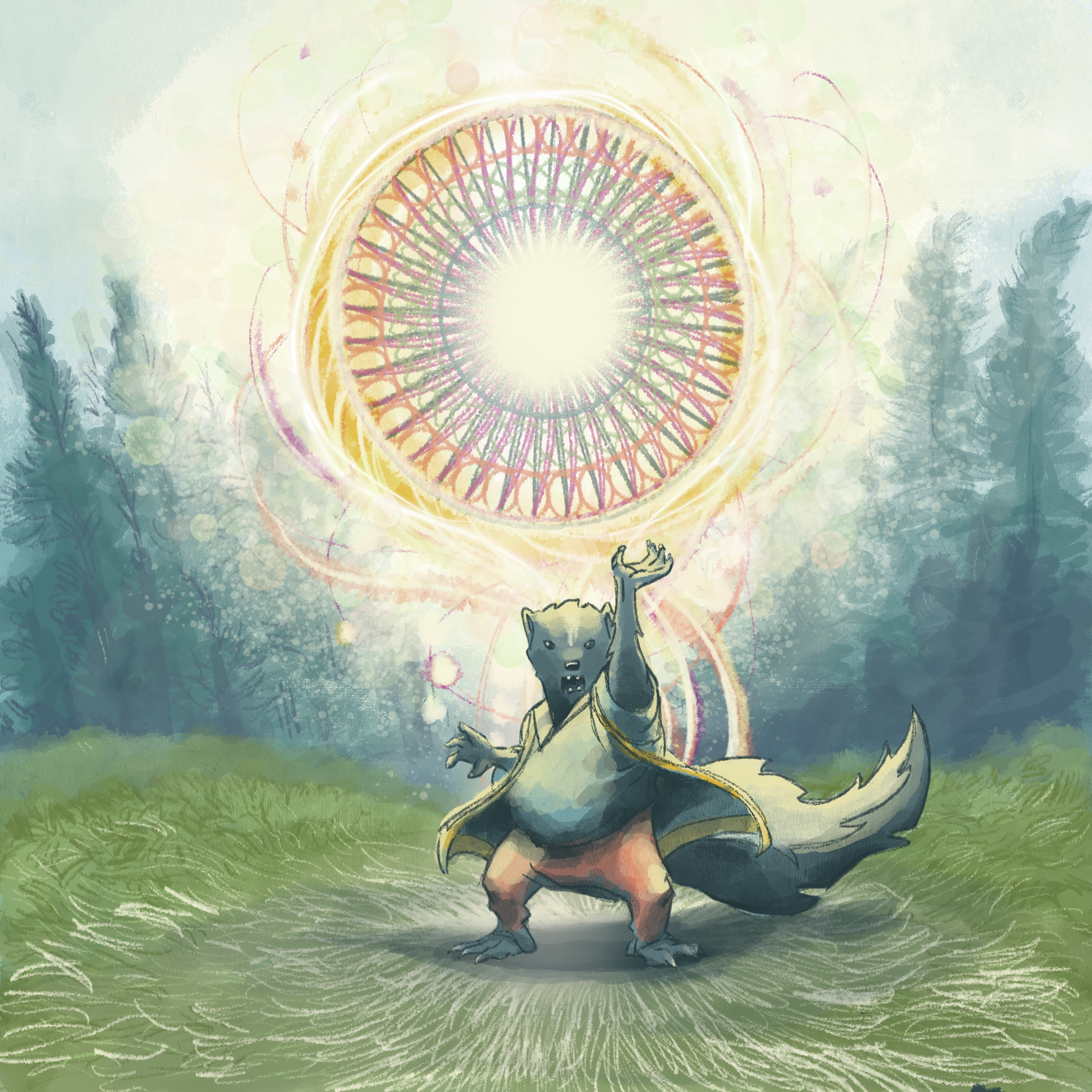Your cart is currently empty!

Talents
Louis Armstrong was not well-spoken. His voice was gentle, self-effacing, and often stuttered. It required patience and understanding to realize that behind this modest exterior was an exceptionally gifted mind. However, when he played his trumpet, it was immediately clear what he was communicating. Every emotion—joy or sorrow—was not only heard but also deeply felt.
“When I pick up that horn, that’s all. The world’s behind me(…). That’s my living and my life. I love them notes.”
Louis Armstrong
Art serves as a means of self-expression beyond conventional norms. Some artworks are immediately comprehensible, while others challenge perception. Art is a way of communicating concepts, ideas, and emotions and is inherently personal and unique to each individual. Naturally talented artists may find it easier to express themselves through a chosen medium—much like Louis Armstrong with his music. But for many, art isn’t always a natural resource. It’s a skill that can be studied, practiced, and refined. Whether learned or innate, the more an artist works at it, the better they get.
Non-artists often overlook the time and practice it takes to hone their skills, dismissing this effort like a gift never given to them. What distinguishes a great artist from a good one is perseverance—the willingness to persist despite audience misunderstanding or lack of immediate recognition, dedicating time and space to improve, and accepting persistence as part of the process. Ultimately, this persistence is a conscious choice that shapes one’s artistic journey.
Art possesses no intrinsic meaning, and its significance emerges only through engagement. Some artworks invite joyful interaction, while others may be difficult or unwilling to be embraced. Without active engagement and openness to understanding, art diminishes in meaning.
Art permeates our environment and the natural world around us. Developing an understanding of art introduces nuance into our daily lives. But without engagement and the willingness to understand, art loses meaning.
Art is everywhere. It is part of our natural world. Learning to understand art creates nuance within our lives. While a more profound understanding removes some of the magic in art, it is no less wonderous.
Connecting with a particular type of art sets it apart from the umbrella of all arts, with its specific principles, medium, technique, and critique. We develop a more specific language that leaves the word ‘art’ behind and replaces it with nuance, i.e., pop music, French pastry cooking, genre writing, kaiju anime.
“Art is like breathing. If I don’t do it, I choke.”
Yoko Ono
And this philosophy guides the world of Evergreen. As art is in our world, magic is everywhere in fantasy settings. Magic is the word that explains the inexplicable, outside of human understanding and the nature of physics. It serves as shorthand for extraordinary methods of achieving impossible things in reality. When magic becomes ubiquitous, the term loses its initial meaning and integrates into the fabric of the world. It evolves into a skill, resource, or way of life—profound, nuanced, and complex. If genuine magic was performed in our world, more precise terminology would likely emerge to describe specific abilities. As magic becomes part of our understanding, we can explore its subtlety and depth.
Similarly, in Evergreen, there is no magic in the traditional sense. Instead, there are forces beyond most people’s comprehension—forces that become understood through practice, expression, and experience. This understanding is unique to each person: some may have an inherent capacity for it, while others can learn and develop these abilities over time. What might appear magic to an outsider is regarded as a Talent within Evergreen—equally wondrous yet fundamentally part of their reality.